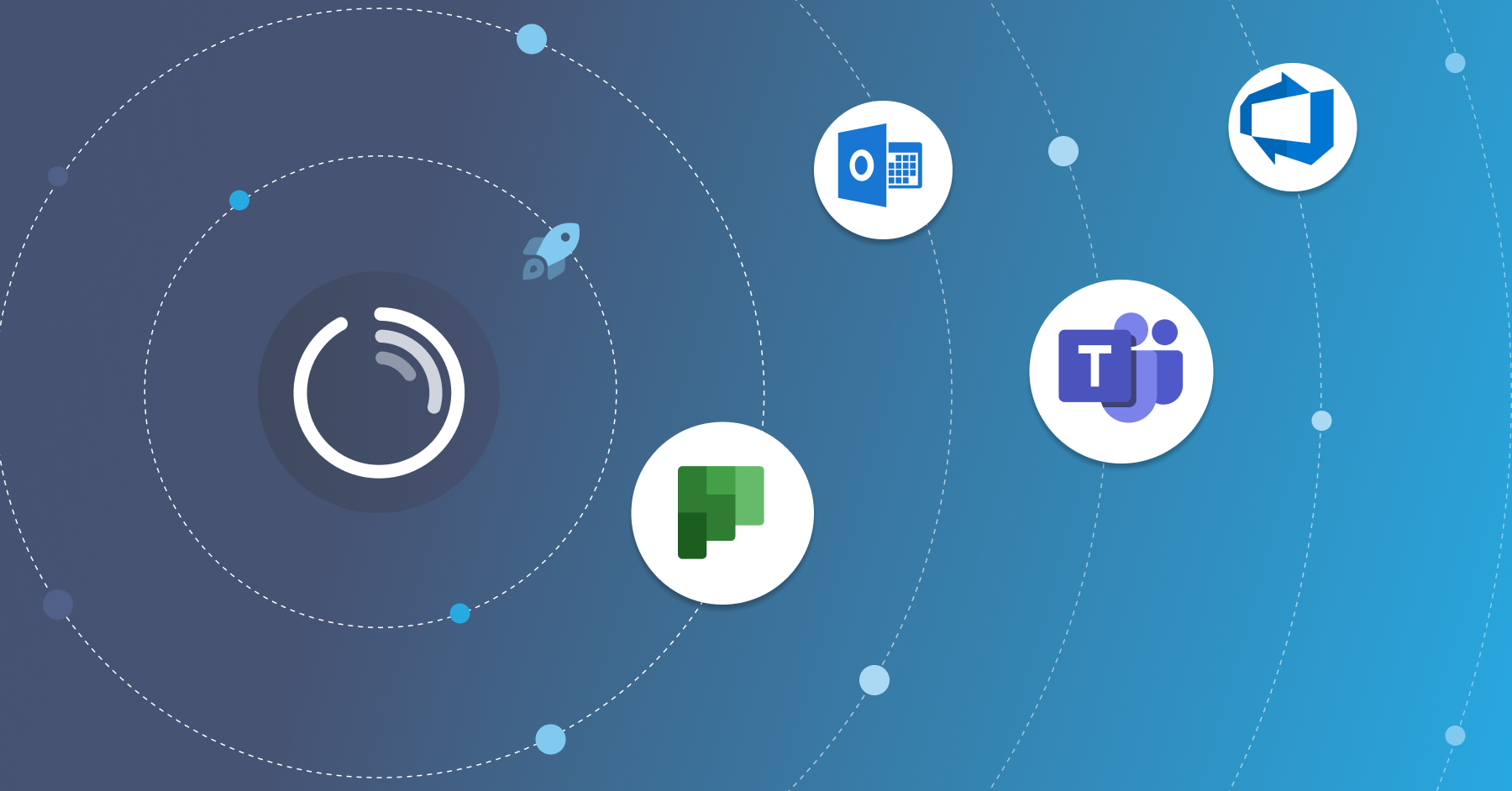Mastering Outlook Timesheet for Efficient Work Management

Streamlining Time Tracking with Outlook Integration
Outlook Timesheet is revolutionizing the way businesses manage their daily work hours by embedding time tracking directly into Microsoft Outlook. With many professionals already using Outlook for calendar management, email, and scheduling, the integration of a timesheet tool ensures that tracking hours becomes a seamless part of the workday. This eliminates the need for switching between multiple apps or platforms, saving valuable time and improving productivity across departments.
The timesheet functionality within Outlook works by leveraging the calendar and task features to log work hours with precision. Each calendar entry or scheduled task can be assigned to specific projects or clients, providing a clear overview of how time is being utilized. With automated time entries based on meetings and events, users can significantly reduce manual input while ensuring accuracy in billing and reporting. This integrated approach offers a simplified solution to what was once a tedious administrative task.
Boosting Team Productivity through Smart Scheduling
An outlook timesheet is not just a time tracker—it’s a powerful productivity enhancer for teams and individuals alike. By analyzing how time is spent on different tasks and meetings, teams can optimize their schedules and reduce inefficiencies. When combined with shared calendars and collaborative tools, the timesheet feature fosters better time allocation and helps prioritize tasks that yield the highest value for the business.
Managers can use the insights from Outlook timesheet reports to identify bottlenecks and redistribute workloads effectively. For instance, if a team member is overwhelmed with back-to-back meetings, adjustments can be made to balance the schedule and prevent burnout. With real-time data available at their fingertips, leaders can make informed decisions that directly contribute to improved team morale and operational efficiency.
Simplifying Client Billing and Project Reporting
One of the most valuable applications of Outlook timesheet lies in client billing and project cost tracking. Freelancers, consultants, and service-based businesses benefit from having a clear, trackable record of the time spent on each client project. By tagging calendar events and tasks with project-specific labels, generating accurate invoices becomes a straightforward process. This not only ensures timely payments but also builds trust through transparent reporting.
Furthermore, project managers can generate customized reports from Outlook timesheet data to assess progress and resource allocation. These reports can be exported in various formats for easy sharing with clients or stakeholders. The accuracy of recorded time also helps in forecasting project timelines and budgets, reducing the chances of overruns. As a result, businesses maintain better control over their operations and finances.
Enhancing Employee Accountability and Transparency
Using an Outlook timesheet system promotes a culture of responsibility and clarity within an organization. When employees log their time consistently and accurately, it creates a transparent work environment where performance can be assessed fairly. This system helps individuals become more aware of how they utilize their hours, often leading to improved personal time management and productivity.
Transparency also empowers managers with the information they need to provide constructive feedback and set realistic expectations. Rather than relying on guesswork, supervisors can reference detailed timesheet records during performance reviews or team meetings. With accountability baked into daily routines, teams become more aligned, motivated, and driven to meet their goals efficiently.
Automating Workflow and Reducing Administrative Overload
Perhaps one of the most appealing features of Outlook timesheet integration is its ability to automate routine tasks. Time entries can be auto-generated based on calendar activities or recurring meetings, freeing up staff from mundane administrative duties. With less time spent on manual logging and more on strategic work, organizations enjoy enhanced productivity and reduced overhead costs.
Automation also minimizes the chances of human error, which is often a risk in traditional time tracking systems. Outlook’s ecosystem allows for integration with other Microsoft 365 tools like Excel, Power BI, and Teams, enabling a fully connected workflow. Data from the timesheet can feed into dashboards and reports, supporting everything from resource planning to payroll processing. By making time tracking an intuitive part of the digital workspace, Outlook timesheet contributes to a smarter, more agile business environment.



